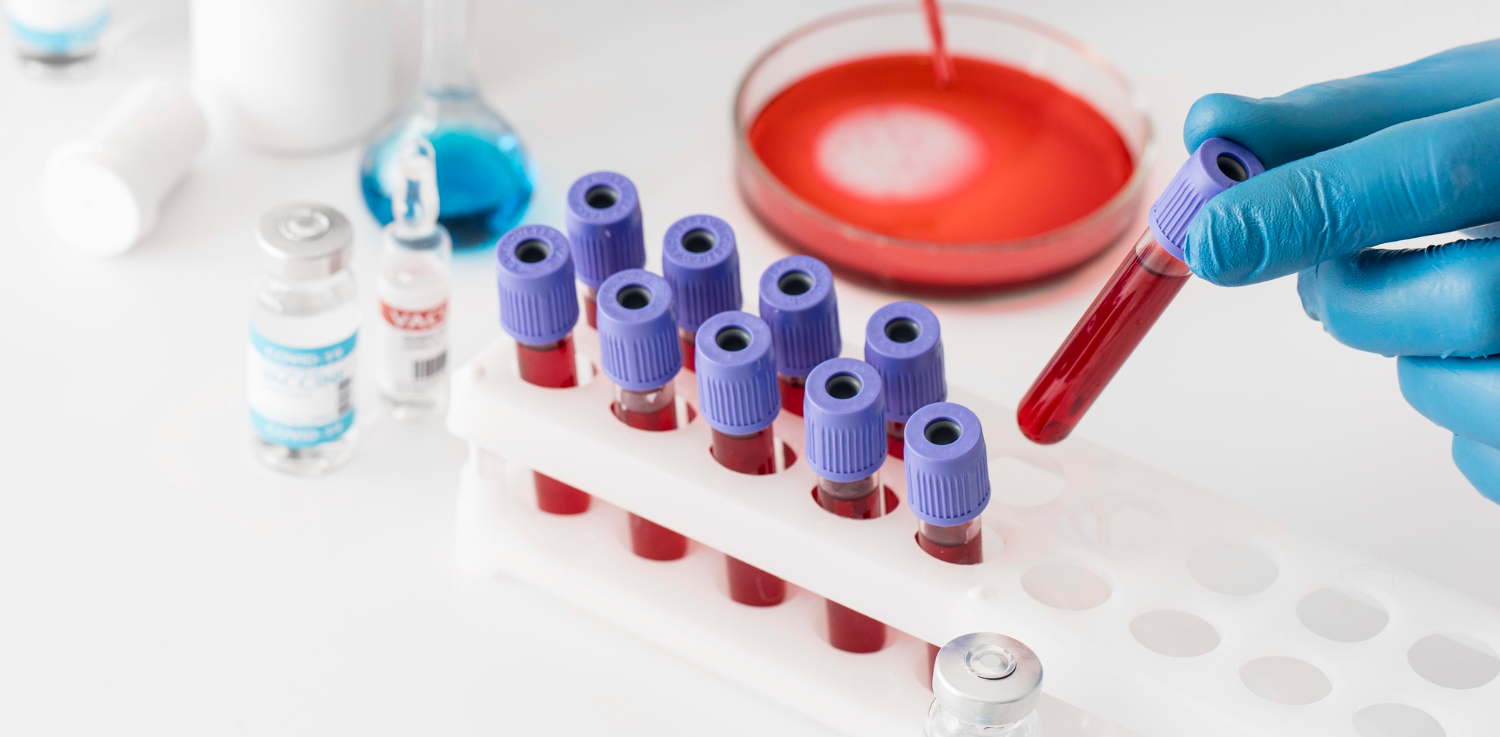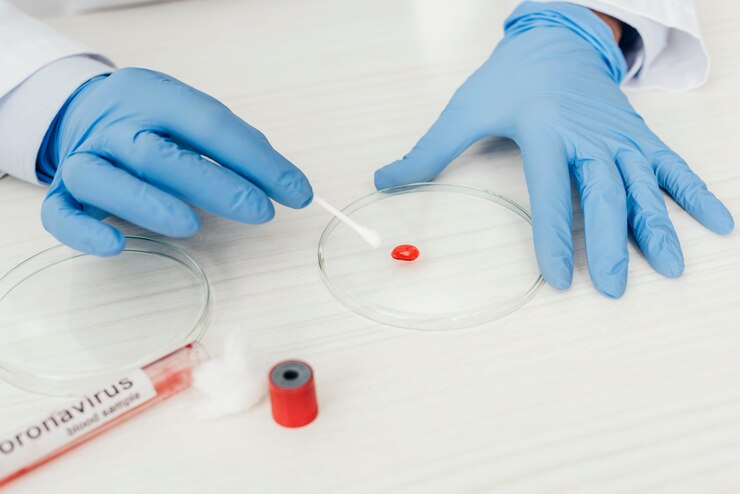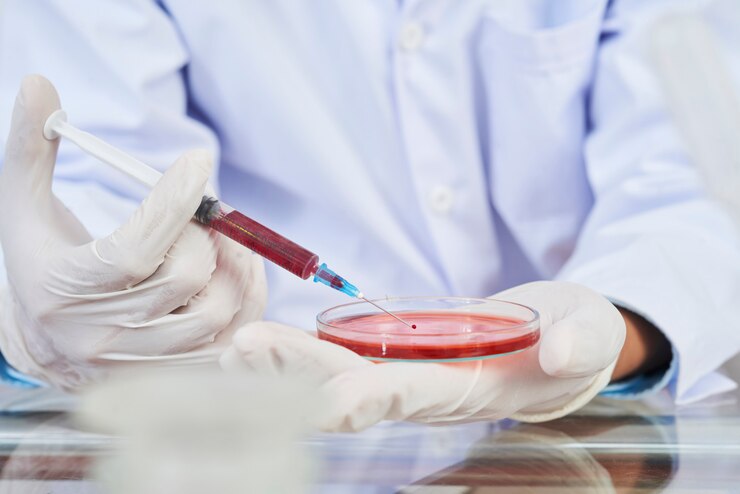


Hematology is a specialized branch of medicine focused on the study and treatment of blood-related diseases and disorders, including cancers originating from bone marrow. Understanding blood diseases necessitates a thorough knowledge of the function and structure of blood..
In adults, the volume of blood averages between 4 to 5 liters, serving as a crucial fluid for transporting nutrients, facilitating organ communication (via hormones), combating pathogens, and removing metabolic wastes through organs like the lungs and kidneys for excretion. Blood composition includes minerals, nutrients, hormones, proteins (for cell growth and regeneration), and elements that maintain its liquid state but enable clotting when injured.
Blood cells, produced by bone marrow stem cells, include red blood cells (erythrocytes) for oxygen and carbon dioxide transport, white blood cells (leukocytes) for immune defense, and platelets for blood clotting. Hemoglobin within the red blood cells assist this transport. The immune system benefits from the collaboration of lymph nodes, the thymus, and the spleen with leukocytes to combat harmful agents.

Symptoms of Blood Diseases: Common indicators include fatigue, pallor, reduced exercise capacity, frequent infections, unexplained or excessive bleeding, and sudden painful swelling in limbs.
Diagnostic Methods for Blood Diseases: Diagnosing blood disorders may require a range of tests, such as complete blood counts, hemoglobin electrophoresis, peripheral blood smears, bone marrow analysis, and tests for iron, vitamin B12, and folic acid levels. Additional studies might include blood coagulation assays, chromosomal analyses, and radiological imaging.
Role of PET-CT in Cancer Diagnosis: PET-CT is instrumental in staging cancer, assessing treatment response, and early detection of recurrence risk, particularly in lymphoma and multiple myeloma. Its precision in identifying disease spread minimizes unnecessary treatments and aids in determining biopsy sites.

Selection and Administration of Anti-Cancer Medications: Treatment choices depend on the type of tumor, metastasis extent, age of the patient, and comorbidities. Hematologists determine the appropriate medication dosages and administration frequencies, which can vary based on treatment response and side effects.
Chemotherapy; methods and side effects: Chemotherapy may be administered intravenously, orally, into body cavities, or directly into the bone marrow. Treatment frequency and duration are adjusted based on the patient’s response and overall health. Monitoring includes complete blood counts and biochemical blood tests to ensure safe administration levels.
Emotional Impact of Blood Diseases: Diagnosis and treatment of blood diseases can significantly affect patients' mental health, often leading to adjustment disorders and depression.
Multidisciplinary Treatment Approach: Effective management of blood diseases requires a collaborative approach involving surgeons, radiation oncologists, and hematologists, with additional support from other medical departments as needed.
